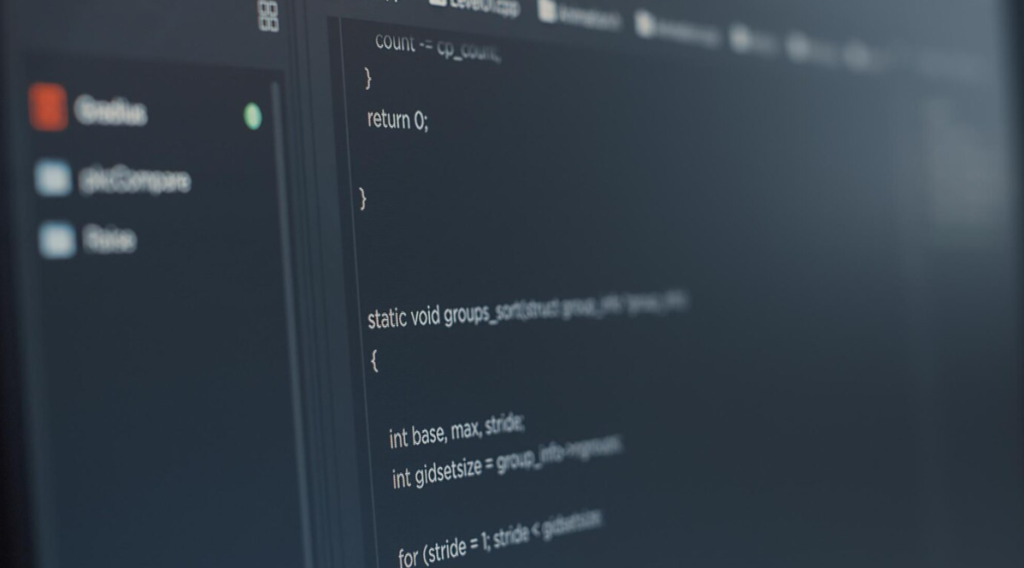
Java Exception Handling Using try-catch
The try-catch mechanism in Java serves as a method for error management, enabling the program to address exceptions that could potentially arise during its execution. Essentially, it represents deviations from the usual flow of a program’s operation.
In the context of Java Exception Handling using try-catch, it’s essential to understand its significance, especially when dealing with various scenarios, including iterating through a map in Java.
Utilizing a Try Block for Exception Handling
- Integrate a try construct to encapsulate sections of code susceptible to exceptions. This segment, often referred to as the protected code, functions within a try/catch framework;
- This framework is crucial in the context of method definition, requiring the presence of either a catch or a finally section. If the try segment executes without exceptions, the catch remains inactive;
- However, if an exception occurs within the try segment, the remaining code there is bypassed, and control shifts to the catch.
Structure of Try-Catch and Try-Finally Blocks in Code
The syntax for a try construct combined with a catch block is as follows:
try {
...
} catch ( Exception_class_Name reference ) {
} Similarly, the syntax for a try block followed by a finally block is:
try {
...
} finally {
} Function and Structure of a Catch Block in Exception Handling
In the realm of exception handling, the catch construct plays a pivotal role and is always positioned subsequent to a try construct.
- In this scenario, it’s crucial to specify the particular error type that the code segment is designed to manage. When an error arises within the try construct, the system examines each catch block to find a matching error type. If the error corresponds with the type defined in a catch construct, it is addressed by that block, akin to passing an argument to a method. For example, if there’s a catch block set up to catch a NullPointerException, but an ArithmeticException is thrown, that particular catch block will remain inactive;
- Nevertheless, if it is configured to handle a more general Exception class, it becomes capable of capturing exceptions of all types. This is because every specific exception type is a subclass of the Exception class, demonstrating the principle of polymorphism in object-oriented programming. Under this concept, all exceptions are treated as instances of the Exception class, allowing for a more inclusive approach to handling unexpected situations.
Implementing Multiple Catch Blocks with a Single Try Block
In the realm of coding, especially when dealing with error management, the combination of a ‘try’ constructwith several ‘catch’ construct is quite advantageous. This setup is particularly beneficial when one ‘try’ constructhas the potential to trigger various kinds of exceptions. It’s important to note that in any given ‘try’ block, only a single exception can happen at a moment. Therefore, among the various ‘catch’ blocks available, only the constructthat corresponds to the exact type of exception thrown will be activated.
- When a program encounters an anomaly, it scans through each ‘catch’ clause in sequence to locate an appropriate match. The activation of a particular ‘catch’ block depends on the type of exception that has been thrown. For streamlined and effective anomaly handling, it’s crucial to arrange these ‘catch’ blocks in a specific sequence: starting with the most specialized exception types and moving towards the broader ones. For example, a ‘catch’ block specifically for ‘ArithmeticException’ should be placed before one intended for a more generic ‘Exception’;
- Using a ‘catch’ construct for the broad ‘Exception’ class can technically address all sorts of exceptions, but it’s preferable to customize each ‘catch’ block for distinct exception types. This focused approach is beneficial for precisely pinpointing and tackling the exact problem, leading to more focused and effective problem resolution. Such a method not only makes it clear which specific issues the code is prepared to handle but also improves the overall strategy for managing errors.
Nested Try Blocks in Exception Handling

A nested try block refers to a try block within another try construct, creating a hierarchical structure in exception handling. In certain scenarios, a portion of a block may generate one error, while the entire construct itself may trigger another error. In such situations, it becomes necessary to employ nested exception handlers.
Nested Try Block Syntax
...
try {
statement 1;
statement 2;
try {
statement 1;
statement 2;
}
catch(Exception e) {
}
}
catch(Exception e) {
}
....

Nested Try Blocks with an Example
class ExceptionHandling {
public static void main(String args[]) {
try {
try {
System.out.println("going to divide");
int b = 39 / 0;
} catch (ArithmeticException e) {
System.out.println(e);
}
try {
int a[] = new int[5];
a[5] = 4;
} catch (ArrayIndexOutOfBoundsException e) {
System.out.println(e);
}
System.out.println("other statement");
} catch (Exception e) {
System.out.println("handeled");
}
System.out.println("normal flow..");
}
}
Output:
going to divide
java.lang.ArithmeticException: / by zero
java.lang.ArrayIndexOutOfBoundsException: 5
other statement
normal flow..Conclusion
Understanding how to effectively use the try catch block in Java is instrumental for robust and error-free coding. It provides a safeguard mechanism that allows your code to handle exceptions gracefully rather than crashing unexpectedly. As a Java developer, it’s crucial to know when and how to apply these constructs in real-world applications. This knowledge will not only improve your problem-solving skills but also enhance the efficiency, reliability, and maintainability of your code.